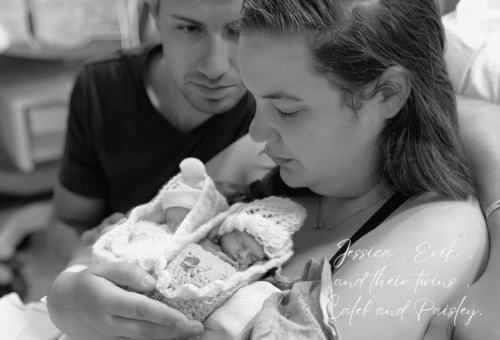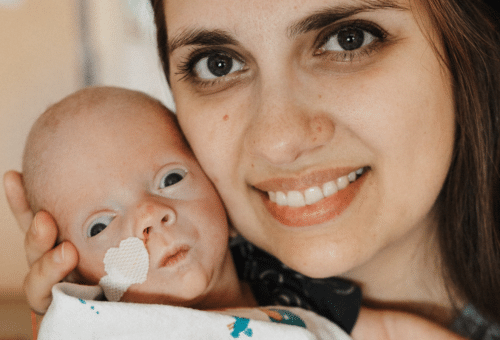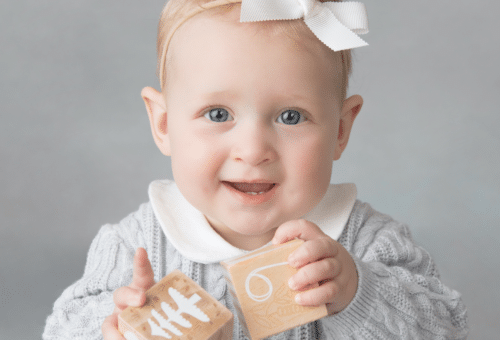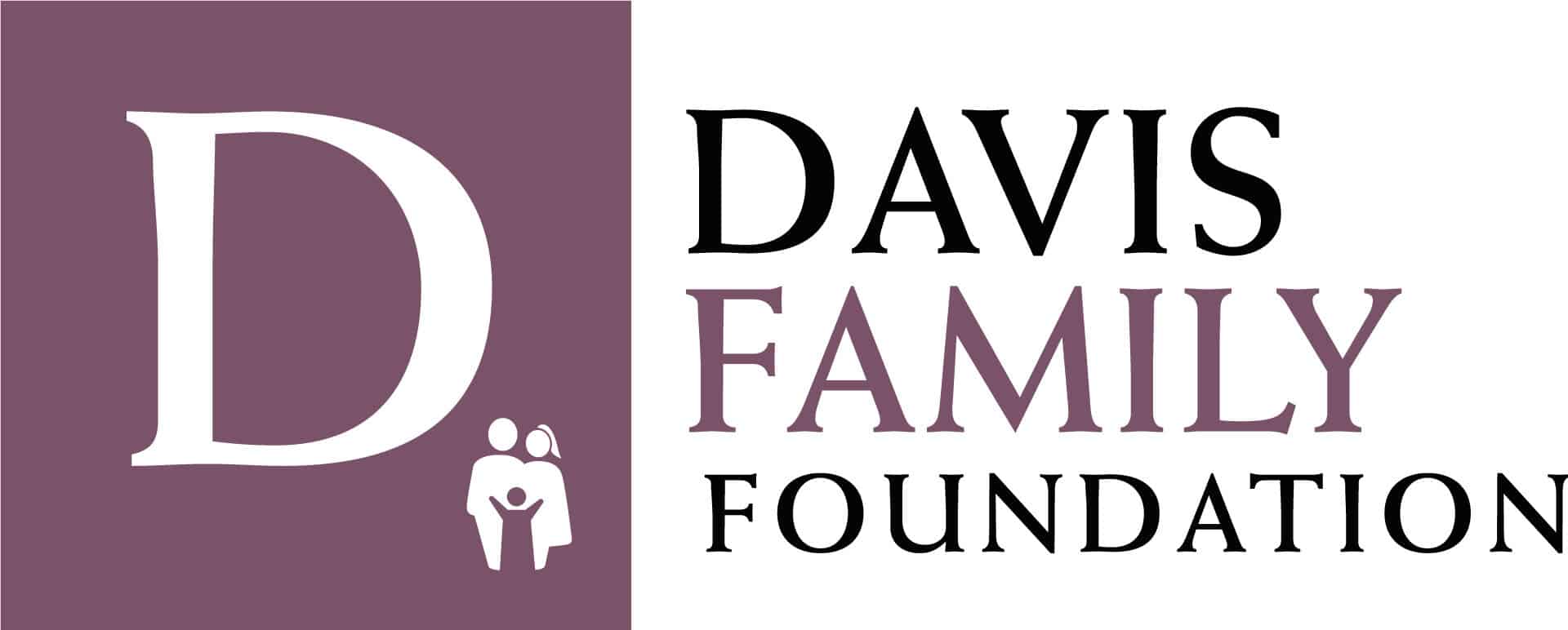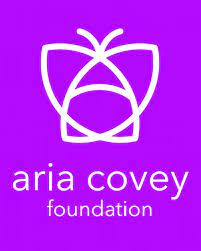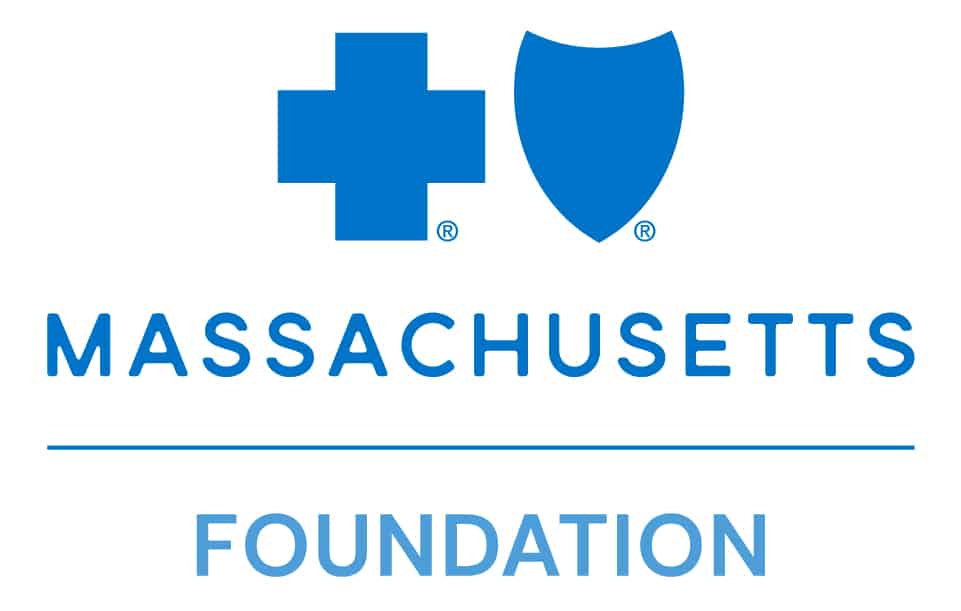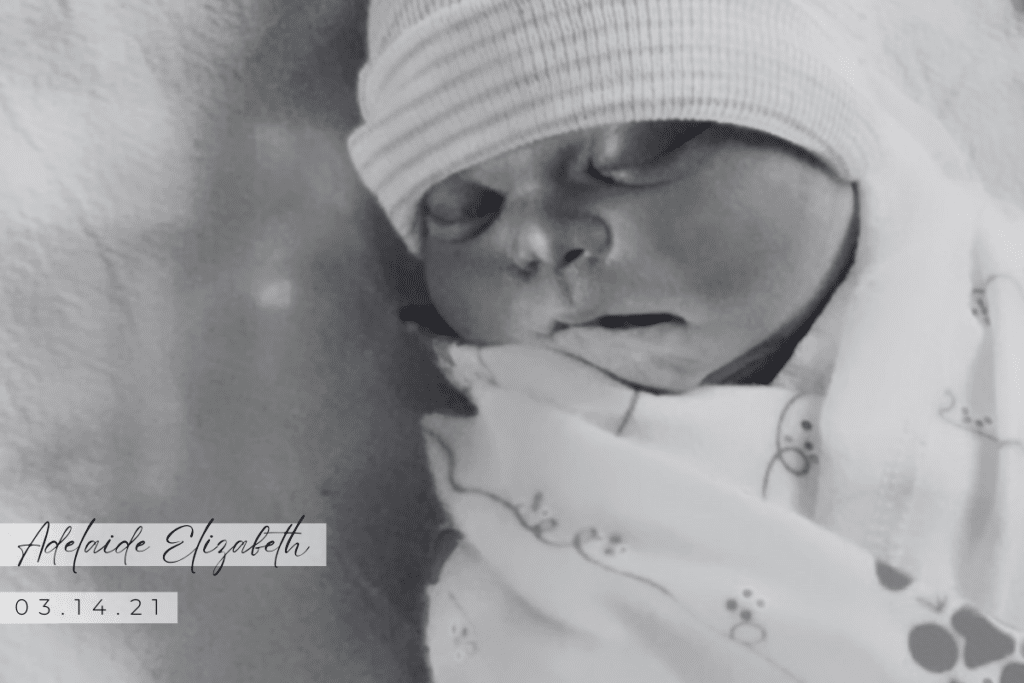
Planning and preparing for baby . . .
We were so excited to find out we were pregnant. My husband Christian and I each had two children from a previous relationship. His were young adults while mine were preschool and kindergarten age. Eager to bring our two families even closer together, we had made the decision to try for a baby while I was working as a critical care physician in New York at the start of the pandemic.
We immediately began preparing to meet our little one and soon decided on a home birth. Having already experienced one with my son, I found I much preferred a more private labor, surrounded by the comforts of home.
As you might imagine, our prenatal appointments were extremely thorough. We carefully selected a midwife who would not only focus on the healthy progression of our baby but also help prepare Christian for the birth. Anxious to provide effective support, he took every lesson and assignment seriously – we both did. With my due date steadily approaching, we couldn’t wait to welcome our baby into the world. We never expected our plans would change so drastically.
A day like any other . . .
March 13 was a day much like any other. After settling our kids into bed, I found a quiet spot to sit and focus. I hadn’t felt our baby move much that day and wanted to “check in” somehow. Relieved to feel what I considered adequate movement, I went to bed, but I wouldn’t sleep for long.
At midnight, I woke in a panic. Something was wrong – I just knew it. I did everything I could to get our baby to move but still felt nothing. Arriving unannounced at our local hospital, the nurses tried to get the baby on the monitor to no avail. Finally, the doctor on call arrived with an ultrasound technician and it was confirmed that our baby had passed. It had been 38 weeks and 4 days. Nothing could have prepared us for such a loss. The ultrasound picture of our baby’s motionless heart remains embedded into my brain to this day.
The following day was one of mixed emotions. Chief among them? Disbelief. Disbelief and gut-wrenching sorrow. Thankfully, my husband and midwife were both able to be with me for the duration of my induced labor. Adelaide Elizabeth, our sweet baby girl who we had waited so long to meet came peacefully into this world and straight to her daddy. She had rosy lips, chubby cheeks, and her daddy’s hands. We were able to spend 16 precious but fleeting hours with her.
Finding purpose in pain . . .
As a longtime advocate for breastfeeding and former NICU (Neonatal Intensive Care Unit) nurse, I immediately felt the need to donate Adelaide’s milk. It seemed donating would provide me with a sense of purpose to guide me through my grief. I also knew it would help save the lives of other babies.
The moment we returned home from the hospital, I started pumping as though I had a baby to feed. I pumped every two hours around the clock for the first couple months. I even set my alarm so that I could wake up to pump to at night. I was determined to maintain my supply. When I returned to work, I continued to adhere to this strict schedule. I was traveling for work back then, so I always had a large cooler in tow to safely haul my milk back home.
I was able to find a few different options for donating my milk, but Mothers’ Milk Bank Northeast offered the most seamless or “user friendly” process. Once all the required paperwork and health screenings were completed, I received my first coolers to ship Adelaide’s milk.
Baby Adelaide’s life-saving and supporting legacy . . .
I was careful to schedule pickup times for the morning so that the frozen milk was able to stay as cool as possible during the warmer months. I remember feeling incredibly protective of my pumped milk – especially when it came to shipping. It felt like I was sending one of our children alone on a plane. It was always a relief to receive confirmation of a safe delivery.
I had told my husband that my goal was to pump and supply milk to babies for one year. He was there to support me from the get-go. I was nine and a half months into my journey when, one morning, I woke up and realized I no longer had the need to pump. Having completed my time as a milk donor, I received a certificate stating that I had provided 9,571 ounces (that’s 75 gallons!) of milk for newborns in need.
I feel truly blessed to have been able to help nurture and protect so many fragile little lives. I’m also incredibly thankful for Mothers’ Milk Bank Northeast and the service they provide – not only to babies but to mothers who are faced with the harsh reality of returning home from the hospital with empty arms.
We understand that donating milk after the loss of a beloved pregnancy or infant is not right for everyone. However, many parents find comfort and meaning in knowing that their baby’s milk may save the life of another precious child. If you (or someone you know) would like to know more about the process, please visit this page. As always, our donor intake team is here and happy to support you every step of the way. Similarly, a curated list of resources for bereaved parents can be found here.
